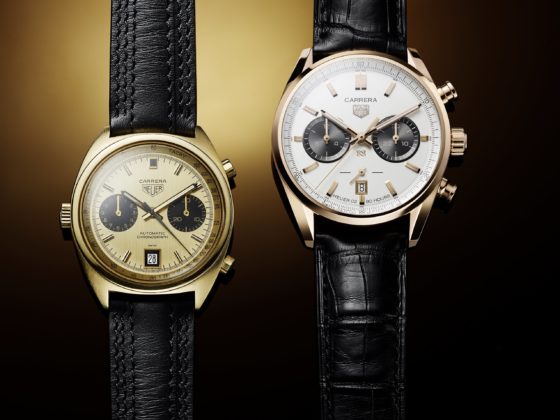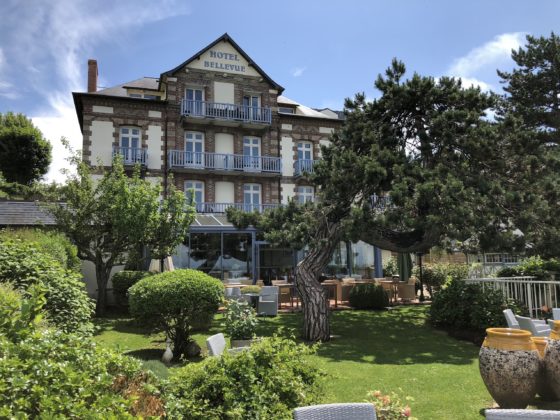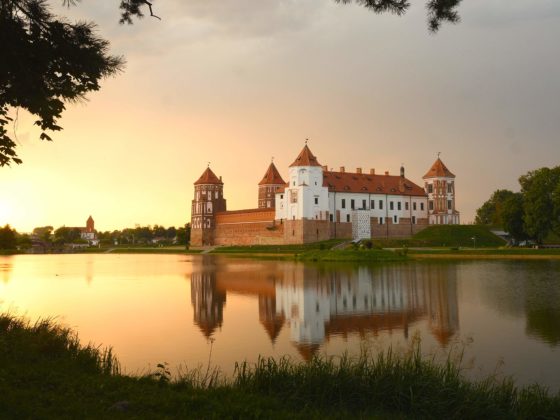The history of the Orient Express is linked to the ingenious vision of George Nagelbackers who, from the end of the 19th century, worked to provide rail transport with the same luxury as that already offered by the most beautiful liners. Return on a mythical adventure.
By Blanche Rivière
More than 130 years after its creation, Orient Express is back in service. At the end of 2017, the Accor hotel group invited itself to the capital of Orient Express, which was previously wholly owned by the SNCF, with the ambition of developing the brand in prestige tourism internationally. It must be said that his name, source of many fantasies, sounds today like a myth. With its perfect décor, created by the best craftsmen of the time, the Orient Express embodies the golden age of travel.

Shortly before 1870, the Belgian industrialist George Nagelmackers, a member of the high aristocracy, discovered sleeping cars in the United States, designed by the American George Pullman. These, although very technologically advanced, remain particularly uncomfortable. This gave the Belgian, on his return to Europe, the idea of creating luxurious night trains for a wealthy clientele. He is convinced that rail transport must be given the same luxury as maritime transport, which has magnificent liners. Given the technical constraints, which varied from country to country, and the geopolitical tensions of the time, George Nagelmackers delayed the creation of his company, which finally came into being in 1876: the Compagnie Internationale des Wagons-Lits.

On October 4, 1883, in the early evening, the Orient-Express left the Gare de l’Est in Paris for the first time to reach Constantinople. The journey must last 81 hours: a feat! The cities served have been carefully studied and the time of the trip must leave a lot of room for the contemplation of the landscape, even if the company has planned multiple entertainments, both on board and during the stopovers. The train first crosses Strasbourg, Munich, then Vienna after having followed the valley of the Danube. From there, it goes to Budapest, Bucharest and finally its terminus Varna, the port overlooking the Black Sea. As the port had no quay, boats were used to take passengers off the train and onto the liner that was to take them to Constantinople, where the section of the line was not completed until 1889.

Luxury and comfort are at the heart of the company’s concerns. The layout of the cars is incredible. The sheets of the beds are changed daily. The services and accessories of the train were entrusted to the most prestigious houses: Christofle and Ercuis for silverware, Baccarat and Saint-Louis for glassware, Villeroy & Boch and Haviland for porcelain, etc. In order to ensure the safety and comfort of the passengers, George Nagelmackers insisted on setting up intercommunication: large corridors making it possible to pass from one car to another as simply as possible. This junction, allowing controllers to ensure the safety of passengers subject to too many thefts, also facilitates access to the dining car: it is a major turning point in the history of trains.
A new service
As the ultimate luxury, the Belgian entrepreneur has set up a visionary system to take care of his travelers even before they enter the station: he has created a home luggage collection and delivery service. At the same time, each car is provided with a servant, in charge of the interior service. In 1891, in order to offer its customers the best service at their destination, the Compagnie Internationale des Wagons-Lits created a palace in Lisbon, the Advenida Palace. Two years later, she opened the Grand Hotel International in Brindisi and the Riviera Palace in Nice. The Compagnie Internationale des Grands Hôtels was born and became the first hotel chain in Europe. Shortly before 1900, the dynamic founder launched a weekly newspaper, the Transcontinental, distributed free of charge in cars or available by subscription for twenty francs a year. The company publishes famous writers, such as Leo Tolstoy.

The success of the Orient Express is such that it leads to the multiplication of trains. Nearly 50 are born, crisscrossing Europe, Africa and the Orient. In 1891, thirteen years after George Nagelmackers’ study trip to Russia, Tsar Alexander III signed the decree launching the construction of the Trans-Siberian Railway. This success, if it owes much to George Nagelmackers, is also due to the king of the Belgians, Leopold II: the sovereign, indeed, invested a lot in the capital of the company in order to support the entrepreneur and shows himself as the godfather of the Orient Express so as to encourage the crowned heads and the European high society to embark.

The legend of the Orient Express, which has become a true symbol of the art of living and traveling, is also due to the place that history has given it. The history of inventions, through the numerous universal exhibitions, but also the history of literature with the no less mythical Crime of the Orient-Express by Agatha Christie. However, this object of fantasy, which Apollinaire evoked as “the place of all excesses”, was not spared by hostage-taking or accidents: in 1931, the music-hall star Josephine Baker was on board when the explosion of a viaduct, not far from Belgrade, led to the fall of the locomotive and two cars into the ravine, resulting in the death of twenty passengers.












